Digital Balance 100kg
৳ 20,000.00
Digital Balance100kg is a type of electronic weighing scale designed to measure weights scale up to a maximum capacity of 100 kilograms.
Digital Balance 100kg:
Digital Balance 100kg is a type of electronic weighing scale designed to measure weights up to a maximum capacity of 100 kilograms. These scales are commonly used in various settings that require accurate measurement of medium to heavy items, such as:
- Industrial production: Weighing large components, raw materials, or finished products.
- Laboratories: For chemical or material research where precision is crucial.
- Logistics and shipping: Weighing parcels, packages, and freight.
- Retail/Commercial: For shops and warehouses that deal with bulk goods.
Key features of a industrial weight scale100kg (DG) often include:
- High accuracy: Typically with a readability of 10g (0.01 kg) or 5g (0.005 kg), providing more precise measurements than traditional mechanical scales.
- Digital display: An LCD or LED screen (often backlit) that shows the weight clearly. Some models have dual displays for convenience.
- Platform scale design: A sturdy platform where items are placed for weighing. These platforms can be made of stainless steel or carbon steel, often with anti-rust coatings.
- Unit switching: Ability to display weight in various units like kilograms (kg), grams (g), pounds (lb), ounces (oz), etc.
- Portability: Many models are battery-operated, making them suitable for use where power outlets are not readily available. They can also have long battery life and power-saving modes.
- Durability: Often designed to be water and dust resistant, making them suitable for demanding industrial environments.
- Auto zero tracking: Maintains a stable zero reading even with slight disturbances.
- Connectivity (optional): Some advanced models offer data transmission features like RS232, USB, or even Bluetooth for connecting to computers or printers for data logging and reporting.
- Price computing: Certain models can also calculate the total price based on the weight and a pre-set unit price.
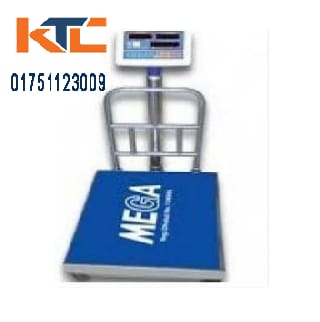
How a Digital Balance 100kg Works:
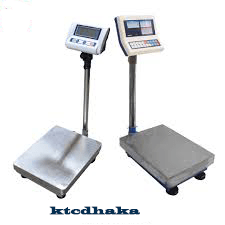
The core of a including a 100kg one, is based on a component called a load cell. Here’s a simplified breakdown of the working principle:
Load Cell (Sensor): When an object is placed on the weighing platform, its weight exerts a force on the load cell(s) located underneath the platform. Load cells are typically made of a rigid material (like steel or aluminum) with strain gauges attached to them.
Strain Gauge Deformation: Strain gauges are electrical resistors that change their resistance when they are stretched or compressed. When the weight deforms the load cell, the strain gauges attached to it also deform, causing a change in their electrical resistance.
Electrical Signal Generation: This change in resistance is converted into a tiny electrical signal (an analog voltage). The greater the weight, the greater the deformation and, consequently, the larger the electrical signal.
Analog-to-Digital Conversion (ADC): The analog electrical signal from the load cell is too weak and not in a format that a digital display can understand. Therefore, it’s sent to an Analog-to-Digital Converter (ADC). The ADC converts this analog signal into a digital signal.
Microprocessor (Processor): The digital signal is then sent to a microprocessor (the “brain” of the scale). This processor performs several tasks:
- Digital Balance 100kg Amplification and Filtering: It amplifies the signal and filters out any electrical noise to ensure accuracy.
· Calibration Data Application: It applies pre-programmed calibration data. During calibration, the scale is “taught” to associate specific electrical signals with known weights. This allows the processor to accurately convert the digital signal into a weight reading Digital Balance 100kg in kilograms (or other units).
Digital Balance100kg Calculations: It performs any necessary calculations, such as taring or unit conversions.
Display: Finally, the calculated weight value is sent to the digital display (LCD or LED screen), where it is shown to the user.
Digital Balance 100kg In essence, a 100kg works by converting the physical force of weight into an electrical signal, which is then processed and displayed as a numerical weight reading
Be the first to review “Digital Balance 100kg”
You must be logged in to post a review.



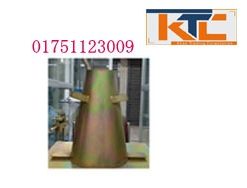

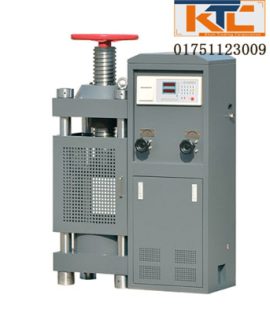
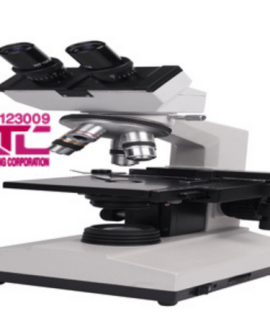

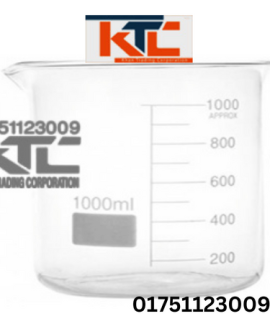


Reviews
There are no reviews yet.